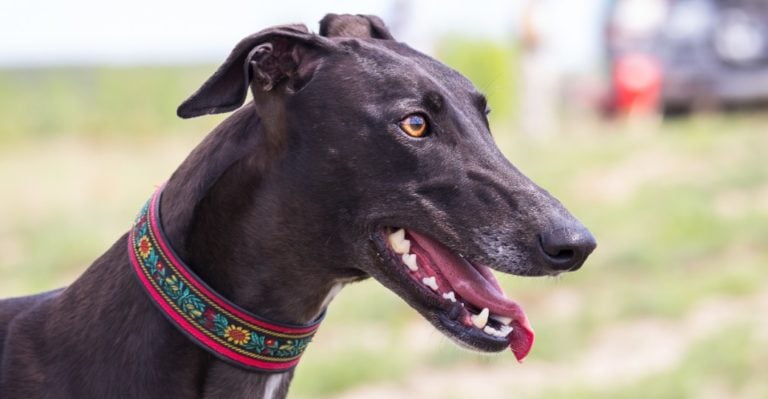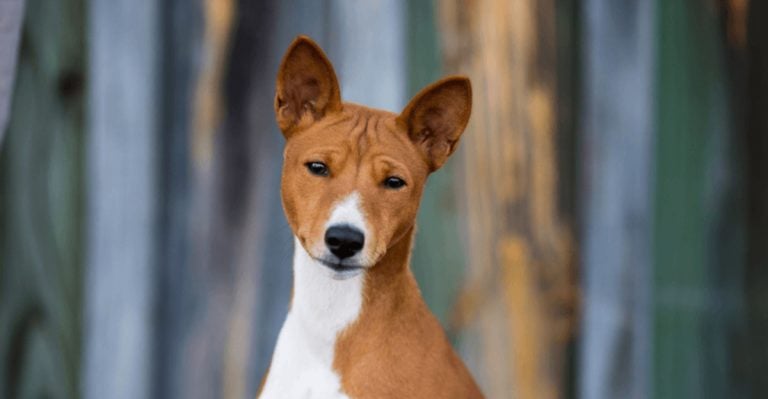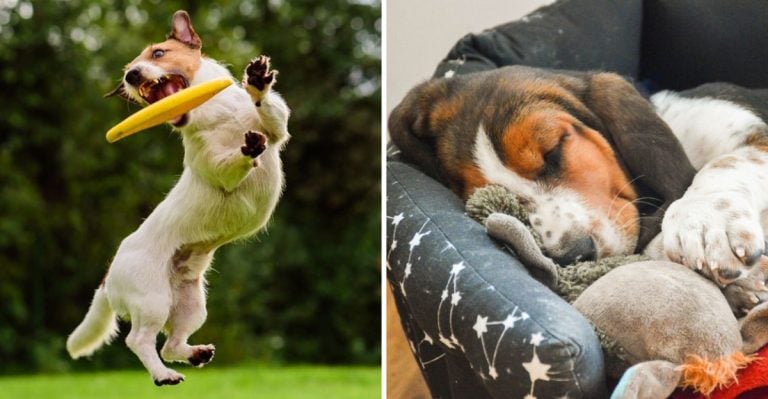11 Breeds That Struggle the Most With Separation Anxiety
Dogs may be man’s best friend, but some breeds take that title very seriously. While many pups can handle a few hours of alone time with grace, others fall apart the moment you step outside.
We’re talking pacing, whining, destruction, and enough guilt-inducing puppy eyes to ruin your whole day.
Separation anxiety is no joke—especially for dogs that are deeply bonded with their humans. For some breeds, being apart feels like a mini apocalypse, no matter how comfy the couch or how full the treat jar is.
And the worst part? Many owners don’t realize their dog’s breed might be wired for this kind of distress. These anxiety-prone pups aren’t bad or spoiled—they’re just incredibly sensitive and emotionally tuned-in.
Their loyalty is unmatched, but that loyalty comes with a price: they struggle when left behind. If you’ve ever come home to shredded pillows or an anxious shadow who won’t leave your side, you know the signs.
Whether you’re considering getting a dog or already have one who can’t bear to see you go, this list is for you.
We’re breaking down 11 breeds that are particularly susceptible to separation anxiety—so you’ll know what to expect and how to support them.
Because when it comes to canine companionship, understanding their emotional needs is just as important as feeding and walking them.
So before you assume your dog’s dramatic goodbye routine is just an act, take a closer look. It might be part of who they are—and they may need a little extra love, patience, and structure to feel secure.
1. Labrador Retriever
With a wagging tail and an eager-to-please attitude, Labradors are the quintessential family dog.
They’re known for their boundless loyalty and need to be around their human family. When left alone, their world can seem to fall apart, leading to behaviors like chewing furniture or incessant barking.
Their sociable nature makes solitude tough to handle, causing them to pace or even become destructive in their quest for companionship.
2. Border Collie
Brimming with intelligence and energy, Border Collies are the Einsteins of the dog world.
Their sharp minds need constant stimulation, and when left unstimulated and alone, anxiety can strike swiftly. These dogs thrive on activity and companionship, and without it, they might find creative, albeit destructive, ways to entertain themselves.
Their work-oriented nature means they need a job to keep them happy. When their humans aren’t around to provide that, they might resort to barking, chewing, or trying to escape their yard.
Keeping their minds engaged with puzzles and toys can help mitigate their anxiety during absences.
3. German Shepherd
Loyal to a fault, German Shepherds form deep bonds with their families. Their protective instincts and need for a strong bond often lead to distress when separated from their loved ones.
Alone time can result in whining, pacing, or even attempts to escape to reunite with their humans.
Known for their intelligence and versatility, these dogs can be both working companions and devoted family pets.
When left alone, they may channel their energy into destructive behaviors if not properly exercised or mentally engaged. Regular training and interactive play can help ease their separation woes.
4. Bichon Frise
With their fluffy coats and joyful demeanor, Bichon Frises are the epitome of a companion dog.
They adore being the center of attention and often struggle emotionally when left without human company. These affectionate dogs might resort to barking or having accidents indoors when separation anxiety kicks in.
The Bichon’s cheerful nature can turn somber when left alone for too long. Despite their small size, their need for social interaction is large.
Keeping them happy often involves lots of cuddles and keeping them in close proximity to their human companions.
5. Cavalier King Charles Spaniel
Bred as a companion dog, the Cavalier King Charles Spaniel thrives on human interaction. They flourish with love and affection, and extended periods alone can lead to sulking or acting out.
The breed’s history as a lap dog means they naturally gravitate towards human laps and hearts.
Their gentle nature and expressive eyes make it hard for owners to leave them behind.
When they do, these spaniels may exhibit anxiety through destructive behaviors or excessive barking. Regular companionship and short separation times can help soothe their anxiety.
6. Toy Poodle
Intelligent and sensitive, Toy Poodles are more than just pretty faces. Their keen minds and affectionate nature mean they crave human companionship, making them vulnerable to separation anxiety.
Left alone, they may bark excessively or chew on furniture as a way to cope with their stress.
Their elegant appearance belies a playful and lively spirit that requires engagement and affection. Providing them with interactive toys and ensuring they’re not left alone for long periods can help alleviate their anxiety.
Their need for mental stimulation is as significant as their need for love.
7. Australian Shepherd
Vibrant and energetic, Australian Shepherds are happiest when active and close to their families. Their loyalty means they can easily become anxious when left on their own.
Prolonged solitude often leads to destructive boredom and anxiety-driven behaviors, such as digging or chewing.
These shepherds love having a job to do and thrive on physical and mental challenges.
To combat separation anxiety, it’s essential to keep them engaged with activities and exercise. Their need for constant stimulation makes them exceptional for active families.
8. Vizsla
Often called the “Velcro dog,” Vizslas are known for their close attachment to their owners. This affectionate nature can make separation challenging, leading to intense anxiety and stress-related behaviors.
When left alone, they might cling to their owner’s belongings or engage in destructive activities.
Their sleek, athletic build and need for exercise require active engagement from their humans.
To ease their anxiety, it’s crucial to provide them with plenty of physical and mental activity. Their loyal companionship is unmatched, but it comes with a need for constant interaction.
9. Italian Greyhound
With their delicate frames and gentle disposition, Italian Greyhounds form deep attachments to their owners. They prefer the company of their humans, and solitary living can lead to signs of distress, such as trembling or soiling the house.
Their sensitive nature means they don’t handle alone time well. When separated from their owners, they may exhibit anxiety-driven behaviors.
Providing a safe, comforting environment and reducing isolation can help manage their separation anxiety.
10. Cocker Spaniel
With big, soulful eyes and a tender-hearted nature, Cocker Spaniels form strong bonds with their families. Their emotional sensitivity means they can suffer deeply when left behind, sometimes becoming withdrawn or destructive.
These sweet-natured dogs thrive on affection and companionship, making prolonged solitude particularly challenging for them.
To ease their anxiety, it’s essential to provide them with interactive toys and a comforting environment. Regular attention and playtime can help them feel secure.
11. Jack Russell Terrier
Energetic and spirited, Jack Russell Terriers are small dogs with big personalities.
While they may seem independent, they crave stimulation and companionship. Without both, anxiety can bubble up quickly, leading to restless or destructive behavior.
These terriers love to explore and are always ready for action. To manage their anxiety, they need plenty of physical exercise and mental challenges.
Engaging them with activities can keep them happy and reduce their stress when left alone.

















